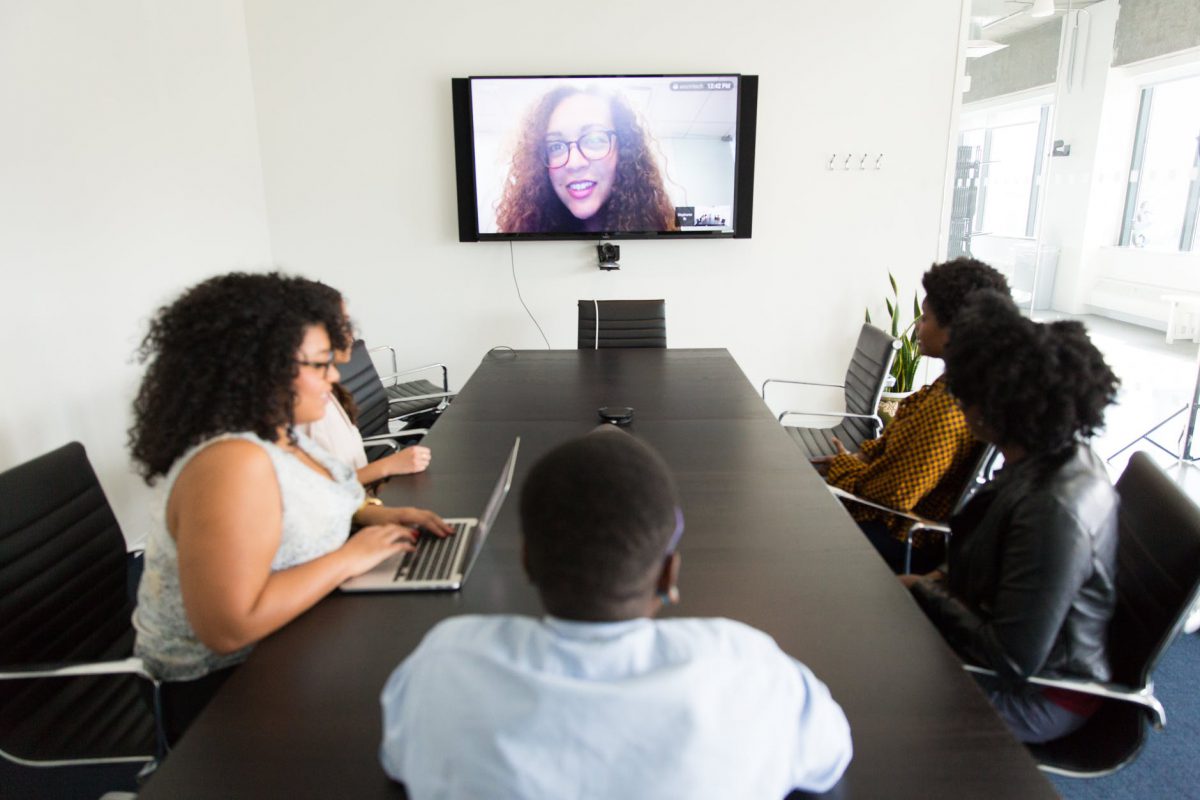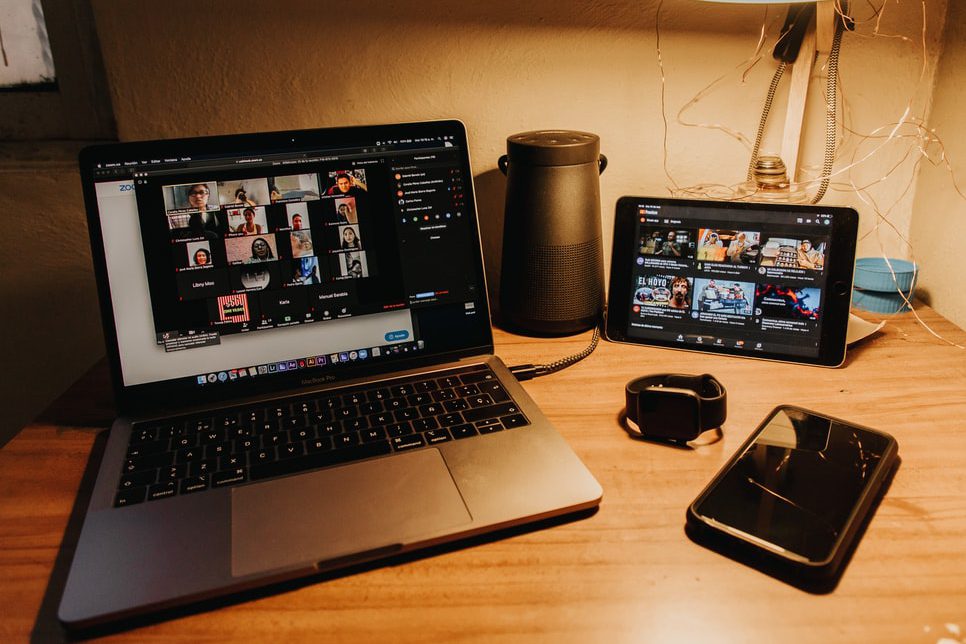I was listening to a podcast recently, and the host mentioned how hard it is to scale company culture remotely. That’s why a lot of businesses want employees back in the office; they don’t believe it’s possible to successfully build a remote work culture.
And I get it. Because it is hard to scale culture remotely and get people to truly believe what you’re saying.
However, it is possible. Otherwise, people wouldn’t rally around, and in, online communities, whether that’s the indie publishing community, dog nutrition communities, self-improvement, or something else.
Each of these communities has their own unique culture and atmosphere based on the beliefs and attitudes of the people who run them.
And if those communities can scale their cultures, there’s hope for your business, too.
Here are some tips to help you build and scale a remote work culture.
Make it clear what you stand for
The earlier you can define what you stand for, the easier it is for you to find and attract people who buy into your mission, beliefs, and goals. The more clearly you can communicate this, the more likely people will be to want to be a part of it, and the easier it will be to scale.
Sometimes what you stand for is a natural part of your business. Perhaps you want to disrupt a particular industry, or offer a new form of help for a group of people. Other times, you have a product or service, but the rest is kind of murky.
It can help to sit down and think about the patterns in your life and your business. What drew you to this industry and organization? Why are you compelled to solve the problems that you do? Starting there, and really getting to the root of it, can push you to find what you’re looking for. This will give you a strong basis for building your remote work culture.
Write things down
Having documents explaining how situations should be handled will make your life easier long term.
Say, for example, an employee gets pregnant. If you don’t have a policy on maternity leave, you now have to scramble to create one.
But if you already have one, everyone knows what to expect, maybe even before they’re hired.
This will help you attract candidates who are a better fit and prevent panic when a new situation arises.
While you may think “XYZ will never happen here” you can never be too careful. If a business lasts long enough, you’ll encounter most things at some point.
Set an example
You’re a leader. It’s your job to set an example not just to the outside world, but to your employees, too.
If you want employees to communicate with each other, it starts with you communicating with them.
They’ll copy your communication style, which means that if you come across as aloof and disconnected, they’ll feel like they can’t be themselves at work and must approach it with some level of emotional detachment.
On the other hand, if you’re warm and empathetic, employees will mimic that, showing their colleagues, and hopefully themselves, more compassion in the workplace. This will lead to a far more welcoming culture for new employees and mean any employees experiencing hardship will find some of the vital support they need from their colleagues. You set the tone for your company’s remote work culture.
Hold catch-up calls
Regularly catching up with employees is a good way to show you’re not just a faceless owner, CEO, or manager. You really do care about them and what’s going on in their lives. More importantly, you want to know what they think about the company.
This can help you spot problems early on, and establish an open, communicative remote work culture.
Keep your feet on the ground
There’s nothing worse than someone running a business when their head is floating in the clouds. It’s hard to see and breathe up there, which means you won’t be as productive and you won’t know what’s actually happening on the ground.
You’ll become detached from your employees. Worse, you’ll have no idea if your remote work culture is actually shaping up to be what you want it to be. (If you’re that far away from things, it probably won’t be.)
Meet up in person (if/when you can)
Many remote businesses have periodic meet ups where everyone from the company can get together. Or, for larger, global, businesses, for those within a certain area or country to get together.
While this isn’t vital for remote workers, it can be a way to reinvigorate disconnected employees, generate new ideas, form new partnerships, and find new ways to move the company forward.
If this isn’t possible, try to find a way to connect remotely instead.
Maybe you have a couple of hours once a month where employees can quiz you, or where you talk about the future of the business.
Then, employees can split off into break-out rooms to discuss their thoughts and come up with ideas. These smaller group discussions can be a great way for employees to meet new people and brainstorm new ideas.
Virtual escape rooms, quiz nights, and book clubs are other examples of ways for employees to connect remotely.
Conclusion
Just because it can be difficult to build and scale a remote work culture, that doesn’t make it impossible.
For it to work, you need to use some of the very same skills that all successful leaders have: creativity, consistency, and determination.
It takes time to establish a remote work culture, but it can stick to a company for a very long time.
Change management is hard. So, the earlier you work on the type of remote work culture you want, the greater the difference you’ll see.
One additional element that can be crucial to scaling your remote work culture is to have the right tools in place. You’ll need to build transparency around employee groups, programs, events, and other happenings across the company. Make sure that everyone is in the loop and can connect with each other, no matter where or when they work.
Workrowd makes this easy with a central location for all employees to see what’s coming up, alongside automated data tracking and analytics. This way, you always know how your efforts are impacting your remote work culture.
Don’t invest time and money into employee initiatives that your team members never hear about. Drop by workrowd.com to learn more or email us at hello@workrowd.com today.














